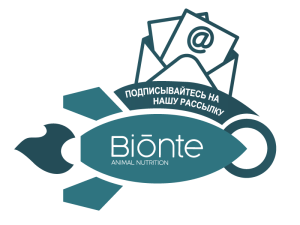На этом сайте используются файлы cookie, что позволяет нам обеспечить наилучшее качество обслуживания пользователей. Информация о файлах cookie хранится в вашем браузере и выполняет такие функции, как распознавание вас при возвращении на наш сайт и помощь нашей команде в понимании того, какие разделы сайта вы считаете наиболее интересными и полезными.
- México, 33 Pol. Ind. Tecnoparc 43204 Reus (Tarragona) España
- +34 977 317 111
- bionte@bionte.com




